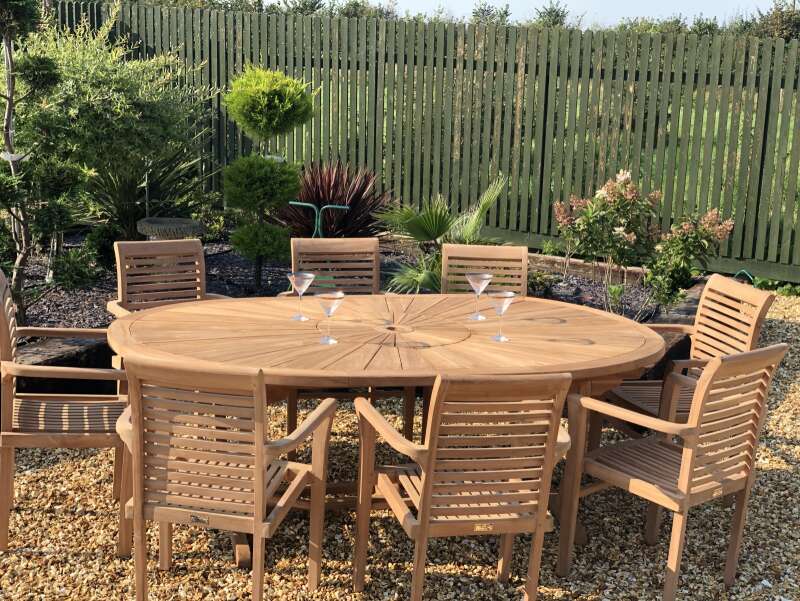Teak wood is renowned for its durability, beauty, and distinct color. Its natural hue and how it weathers over time are subjects of fascination for many. In this article, we delve into the depths of teak’s color spectrum, exploring its origins, variations, and the intricate process of weathering that gives it character.
The Natural Hue of Teak
Teak wood is native to Southeast Asia, primarily found in countries like Indonesia, Myanmar, and Thailand. Its natural color ranges from a golden honey to a rich brown, with prominent grains that add depth and character to its appearance.
One of the key factors contributing to teak’s color is its high oil content. Teak trees produce natural oils that imbue the wood with water-resistant properties and protect it from decay. These oils also enhance the wood’s color, giving it a warm, lustrous glow.
When freshly cut, teak exhibits a vibrant golden hue that gradually deepens over time as it is exposed to air and sunlight. This natural aging process, known as patina development, is highly prized by enthusiasts and adds to teak’s allure.
Factors Influencing Teak’s Color
Several factors influence the color of teak wood, including:
- Age: Younger teak tends to have a lighter color, while older teak develops a richer, darker hue due to the accumulation of oils and exposure to environmental elements.
- Location: Teak grown in different regions may exhibit variations in color due to differences in soil composition, climate, and growing conditions.
- Cut: The way teak is cut can affect its appearance. Quarter-sawn teak, for example, often displays a straighter grain and more uniform color compared to plain-sawn teak.
Additionally, the natural variations in teak’s grain patterns contribute to its visual appeal, with some pieces displaying intricate swirls and knots that enhance its beauty.
Weathering Process
Despite its natural resistance to decay, teak wood undergoes changes in color and texture when exposed to the elements. This weathering process is influenced by several factors:
- Sunlight: UV radiation from sunlight causes the lignin in teak wood to break down, leading to surface bleaching and a silvery-gray patina.
- Rain and Moisture: Moisture exposure can lead to the growth of algae and mildew on the surface of teak, resulting in a weathered appearance if not properly maintained.
- Temperature Fluctuations: Extreme temperature changes can cause teak wood to expand and contract, leading to cracks and checks in the surface.
While some may prefer the silvery-gray patina that develops on weathered teak, others may choose to preserve its original color through regular maintenance and protective treatments.
Preserving Teak’s Color
To maintain the natural color and beauty of teak wood, consider the following tips:
- Cleaning: Regularly clean teak furniture with a mild detergent and water to remove dirt and prevent the growth of mold and mildew.
- Sealing: Apply a teak sealer or protective finish to create a barrier against moisture and UV radiation, helping to preserve its original color.
- Shading: Place teak furniture in shaded areas to minimize exposure to direct sunlight and reduce the risk of surface bleaching.
- Regular Maintenance: Inspect teak furniture periodically for signs of wear and damage, and address any issues promptly to prolong its lifespan.
Conclusion
Teak wood’s natural hue and weathering process are integral parts of its charm and appeal. From its golden origins to the silvery patina of aged teak, each stage of its journey tells a story of resilience and beauty. By understanding the factors influencing teak’s color and taking steps to preserve it, we can continue to admire and enjoy this remarkable wood for generations to come.
Reference:
indonesia furniture manufacturer
teak outdoor furniture manufacturer
